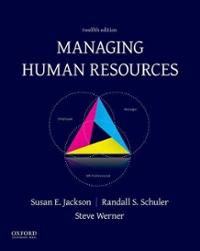
Help me solve these questions.
3. An insurer has been asked to provide complete insurance cover against a random loss, X, where X M N (105'. 103). Calculate the minimum premium that the insurer would accept if the insurer bases decisions on the utility function a(x) = exp{0.002x}. 4. An investor makes decisions on the basis of the utility function utx} = where x :1 0. The investor is considering investing in shares. and assumes that an investment of A in share f will accumulate to AXF at the end of one year. where X:- has a lognormal distribution with parameters a.- and L'Tj. Suppose that the investor has a choice between Share 1 and Share 2. {a} Show that the decision whether to invest in Share 1 or in Share 2 is independent of A. (b) Suppose that for Share 1. ul = 0.0'9I and er I = 0.02. and for Share 2. pt: = 0.03. For what range of values for o: will the investor choose to invest in Shale 2? {c} Now suppose that the expected accumulation is the same under each share but the variance of the accumulation is smaller for Share 1. Show that the investor will choose Share 1 and give an interpretation of this result. 5. An insurer has offered an individual insurance cover against a random loss, X, where X has a mixed distribution with distribution function F given by 0 forxvc F = . (I) i 1 use-031* forx r: o The insurance cover includes a policy excess of 20. Calculate the minimum premium that the insurer would accept if the insurer bases decisions on the utility function u:[.r) = exp{0.005.r]. QUESTION ONE Within a Advanced Financial Management context, discuss the problems that might exist in the relationships (Sometimes referred to as agency relationships) between Shareholders and managers, and (b) Shareholders and creditors How might a company attempt to minimise such problems? QUESTION TWO Two neighbouring countries have chosen to organize their electricity supply industries in different ways. In country A, electricity supplies are provided by a nationalised industry. On the other hand in country B electricity supplies are provided by a number of private sector companies. Required: (a) Explain how the objectives of the nationalised industry in country A might differ from those of the private sector companies in country B. (b) Briefly discuss whether investment planning and appraisal techniques are likely to differ in the nationalised industry and private sector companies









